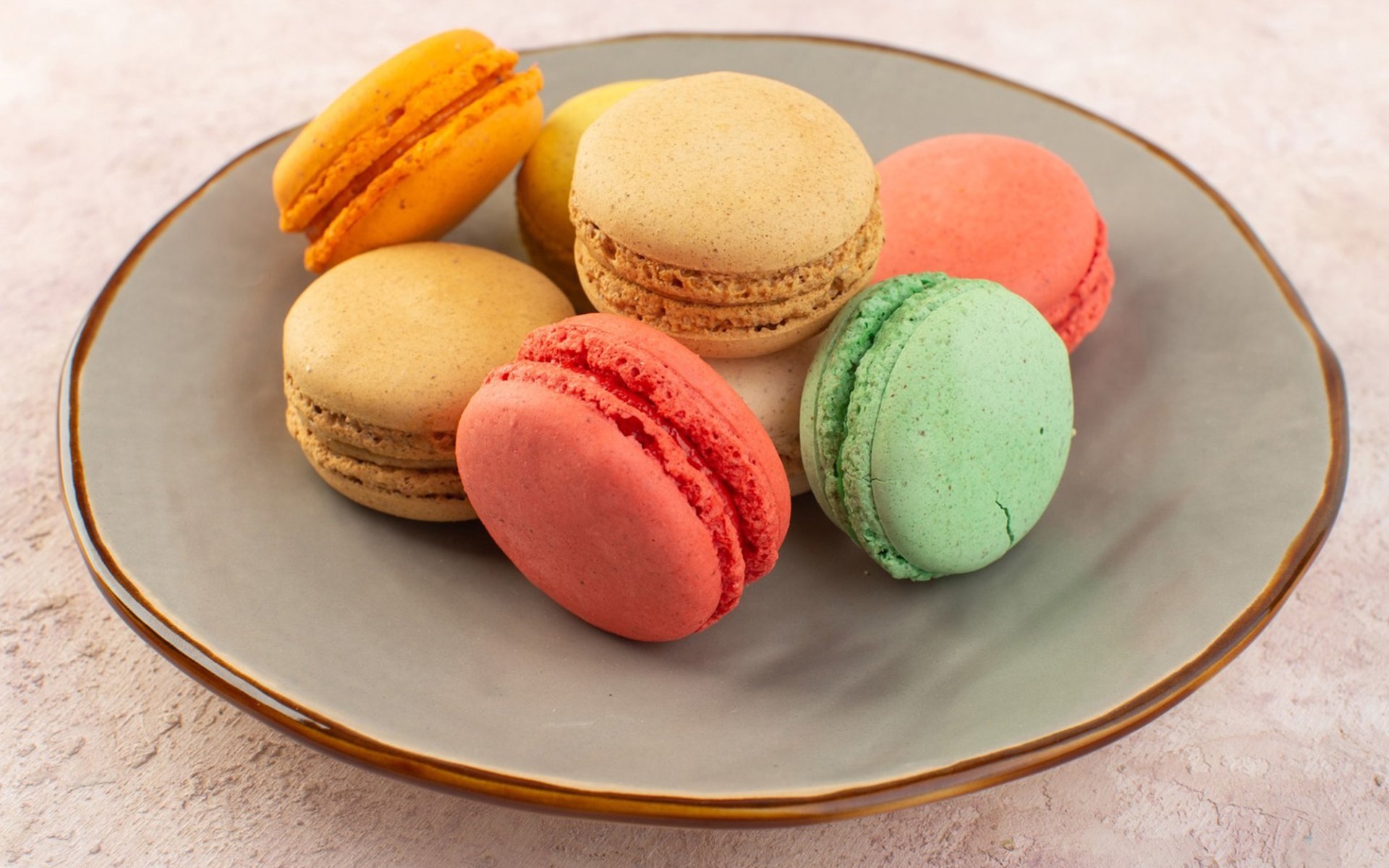Macarons

With their captivating array of colors and exquisitely sweet taste, there's likely no one unfamiliar with the delightful dessert called Macarons. It's said that this sweet treat boasts a long and fascinating history dating back to ancient times.
Italian Origin: Maccherone, the Queens Simple Cookie
The earliest version of macarons was produced in a convent in Venice, Italy, during the Renaissance period. It was the pastry chef of Queen Catherine de' Medici of Italy who first created this sweet. At that time, macarons were simply basic cookies made from ground almonds, sugar, and egg whites, known as Maccherone in Italian.
Later, in 1533, when Queen Catherine de' Medici of Italy married King Henry II of France and moved to reside in France, her chef brought the macaron recipe with her. Soon after, macarons began to gain popularity among the French aristocracy.
The Nuns' Role and the French "Macarons"
It wasn't until 1792, during the French Revolution, that Carmelite nuns Marguerite and Marie Elizabeth sought refuge in the city of Nancy in eastern France. While in exile, the two nuns baked and sold macaron cookies to ordinary people to sustain themselves. Initially, macarons were just simple round, flat cookies without fillings or special colors. Later, people became more familiar with macarons, and it was during this period that they referred to this dessert as Macarons in French.
Evolution to "Parisian Macarons" and Pastel Hues
As time progressed into the 18th century, macarons truly began to shine in France, evolving from simple cookies into more sophisticated pastries. Many macaron shops started experimenting with new macaron flavors. Then, in 1830, Pierre Desfontaines, a famous French pastry chef, created the first macaron sandwich by joining two macaron shells with a ganache filling. This style of macaron became known as the Parisian Macaron and eventually became the standard for the macarons we know today.
Over the years, macarons have continuously evolved, designed to suit new tastes and trends. In the 20th century, Ladurée, a famous French patisserie, began selling macarons in pastel colors. These eye-catching colors led to increasing popularity for macarons, and eventually, the diverse pastel hues became a hallmark of this beloved sweet.
The Art of Macaron Making and Its Global Symbolism
The art of making macarons is delicate, requiring a meticulous process from whipping egg whites to a consistent and perfect meringue, gently folding in almond flour and sugar, and carefully piping the mixture onto baking sheets to prevent air bubbles. When baked, the macaron shells have a smooth, shiny surface that, when bitten into, reveals a delicate crispness on the outside and a soft, chewy interior.
Macarons have become a symbol of France, gaining global popularity. They are a dessert that undergoes endless innovation, resulting in new flavors and colors continuously. From their humble beginnings as simple cookies, they have undergone various evolutions, ultimately becoming a beloved sweet that has captivated people worldwide to this day.


